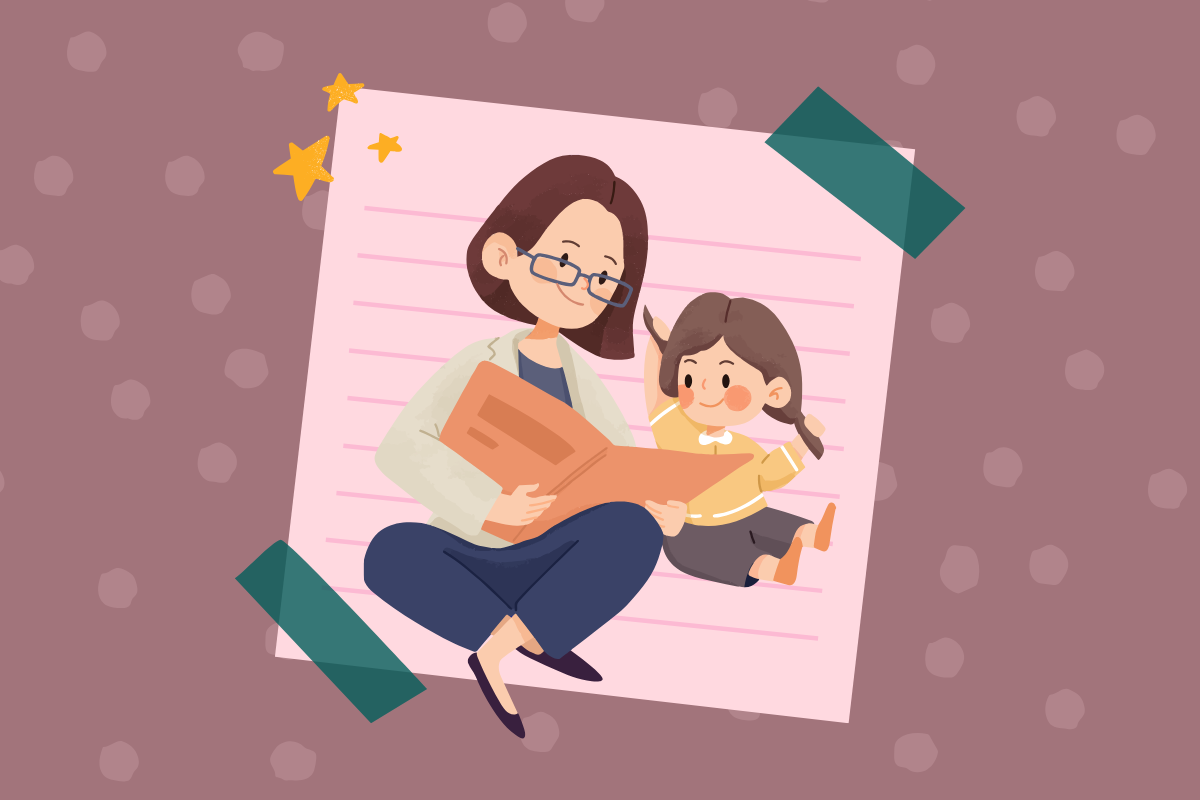
Here are 5 steps of how parents can continue the conversation about child abuse prevention at home.
By: Reilly Brady
You as a parent are an incredibly important person in your child’s life. It takes a village to prevent child abuse, and your role as a parent is essential in our prevention efforts as you lead conversations about child abuse in the home. We understand that navigating these discussions can feel intimidating, but having conversations about our presentation with your child will establish yourself as a supportive, trusted person in your child’s life. After receiving our presentation in school, your child might have remaining questions, and reviewing the content with them will allow your child to recall the safety rules easily and comfortably. Here are some steps to follow if your child has received our presentation at school:
- Ask your child how they felt about the presentation they heard in school.
Practice active listening while your child describes how they felt while receiving our presentation today. Here are some of the questions that you can ask your child after they have received our presentation at school:
- “How did you feel while listening to the presentation about child abuse/body safety in school today?”
- “Was there anything that stood out to you?”
- “What was the most fun part of the presentation?”
- “Was there anything you heard that made you feel uncomfortable?”
- “Do you feel like you could talk to me about these topics? Who are people you feel comfortable talking to about these topics?”
- “You talked about surprises vs. secrets in your presentation. Has anyone ever asked you to keep a secret from me?”
Asking a variety of questions that includes what was fun and enjoyable as well as if anything was hard for them to hear will allow the conversation to remain comfortable and open.
- Remain calm, comfortable, and at ease while discussing the presentation and answering any questions they may have.
It is important for children to know that it is okay to have these conversations, and remaining calm and comfortable will allow them to know that you are a safe person to have these discussions with. You can be an incredibly important resource for your child as someone they feel comfortable talking to if they ever feel unsafe, uncomfortable, or if they recognize the uh-oh feeling that our presentation describes. If they have questions about our presentation that you aren’t sure how to answer, you can reply, “Thank you for asking that question. I will find the answer for you.” We would be happy to help you answer that question for your child; you can contact us by emailing the question to esparks@pcautah.org.
- Review the safety rules with your child.
If your child is in kindergarten through 3rd grade, their safety rules are “Listen to Your Uh-Oh Feeling, Say No, Go Tell.” If your child is in 4th grade or above, their safety rules are “Recognize, Resist, Report.” Practice repeating these rules with your child and ask them what is important about each rule. Give an example of a time you have felt the uh-oh feeling to your child; providing examples will allow them to identify any times they might have felt the uh-oh feeling.
- Review the importance of trusted adults.
Focusing on the last safety rule, have your child review at least five trusted adults in their lives by filling out our trusted adults worksheet. Resist suggesting people who can go on your child’s list of trusted adults, and instead let your child name the trusted adults in their lives on their own. Affirm their choices and emphasize the importance of reporting to trusted adults and to keep telling until they get the help that they need. Reassure your child that you are a safe person that they can talk to.
- Keep checking in with your child for the days, weeks, and months following.
Discussing safety rules and trusted adults with your child on a regular basis will help reinforce the concepts they have learned. Keep asking questions about the presentation in the days following. Continue to ask your child how they feel about these topics and establish yourself as a trusted resource for them into the future. Plan ways that you as a parent can continue to have discussions about child abuse in the months and years following; our presentation is only a jumping off point for the conversations that you can have at home.
Parents play an essential part in our prevention efforts, and we thank you for taking the time to have these discussions at home. Having conversations about child abuse and body safety at home allows prevention efforts to extend beyond a day’s presentation. Educators and parents must work together to ensure that children feel safe and comfortable to have conversations about child abuse from the classroom to the home.
